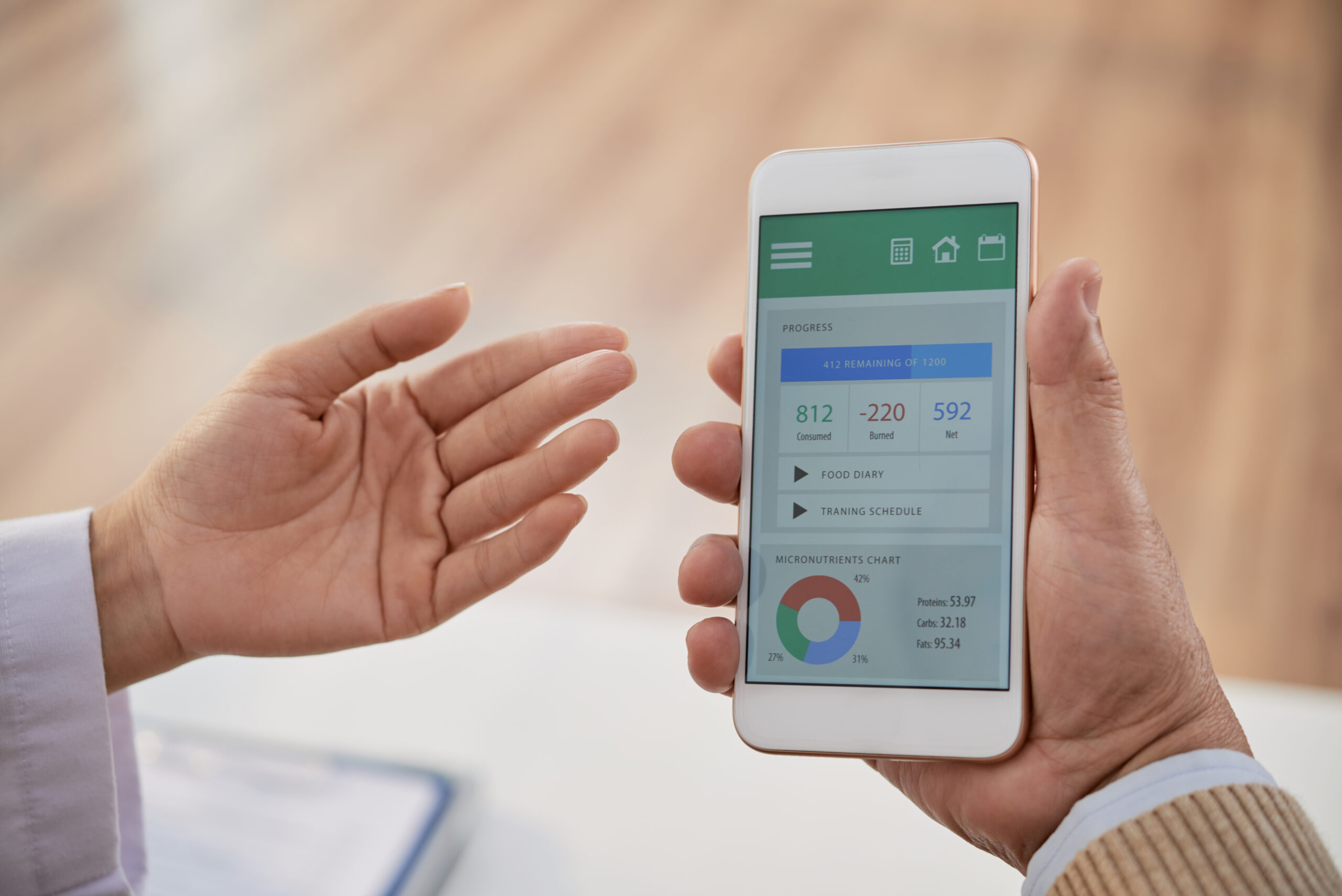Caregility, a prominent telehealth solution provider based in New Jersey, has achieved a significant breakthrough in the field with its APS200 Duo and APS100 Pro devices. These devices represent a leap forward, seamlessly integrating into inpatient care. They blend remote clinician involvement and AI to refine bedside workflows.
“Our mission at Caregility is to continuously elevate the art of what’s possible in care delivery to improve the experience for both patients and providers,” said Bin Guan, Caregility chief innovation officer, in a press release. “Our latest telehealth edge devices offer healthcare organizations an effective way to extend hybrid care at scale — every room, every bed, every patient — so we can deliver the most effective, high-quality care possible.”
How Caregility Is Revolutionizing Inpatient Care
The APS200 Duo stands out as a pioneering dual-camera system. It’s equipped with onboard edge computing and a powerful graphics engine. The device includes a wide-angle camera for patient observation and a high-definition 40x power zoom camera, perfect for virtual nursing and detailed patient examinations.
Related: Healthcare Marketing Revolution: Swoop’s Predictive AI Targeting
Meanwhile, the APS100 Pro has been reenvisioned as an all-encompassing system. It supports remote patient observation and can be augmented with the APS FlexCam to further enhance virtual care capabilities. Both devices offer flexible wiring options, including Power over Ethernet (PoE+) support.
Both devices seamlessly integrate with the renowned Caregility Cloud virtual care platform, allowing multiple clinical applications to run simultaneously. This integration facilitates continuous remote patient observation and specialty consultations. The AI capabilities of these devices ensure smooth virtual interactions, significantly improving patient care and clinical collaboration. They also feature advanced microphone arrays, high-quality speakers and AI-driven ambient documentation, enhancing their utility in inpatient settings.
Recent Developments in Telehealth Solutions
As Caregility forges ahead with its advanced telehealth solutions, the industry as a whole is witnessing a surge in innovative devices. Companies are focusing on enhancing remote care capabilities and integrating AI to offer more comprehensive patient monitoring and interaction.
For example, companies like Teladoc and Amwell are expanding their telehealth services by integrating AI-driven diagnostic tools and remote patient monitoring technologies. These tools aid in early detection of health issues and ensure continuous care for patients with chronic conditions. Similarly, MDLive is exploring ways to use AI for symptom assessment and triage, facilitating more efficient patient care.
Another area of growth is in the development of wearable telehealth devices. Companies are producing wearables that monitor vital signs, track patient mobility and even predict potential health risks, sending real-time data to healthcare providers.
Competitive Moves in the Telehealth Arena
Caregility’s competitors, including Zoom and Microsoft, traditionally known for communication platforms, are making strides in telehealth. They offer secure video conferencing tools specifically tailored for healthcare providers, integrating with existing healthcare systems to ensure ease of use and patient confidentiality.
Philips, a long-standing player in healthcare technology, has also been developing telehealth solutions. Its systems focus specifically on chronic care management and elderly care, emphasizing patient engagement and self-management.
Caregility’s latest offerings in the telehealth space represent a significant step forward in the industry. With its advanced capabilities and AI integration, it not only enhances patient care but also provides a model for future developments in the sector. As telehealth evolves, it’s clear that technology will be pivotal in shaping the future of healthcare delivery. This evolution aims to make healthcare more accessible, efficient and patient-centered.












Join or login to leave a comment
JOIN LOGIN